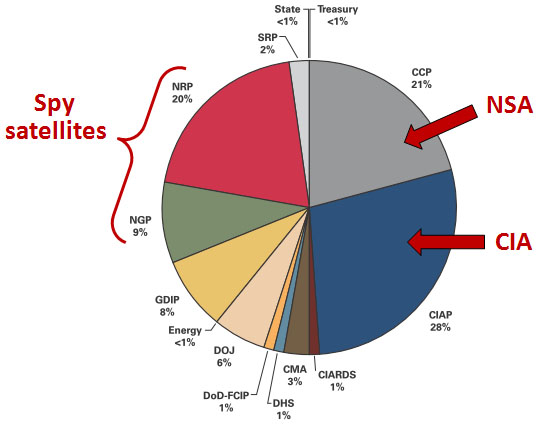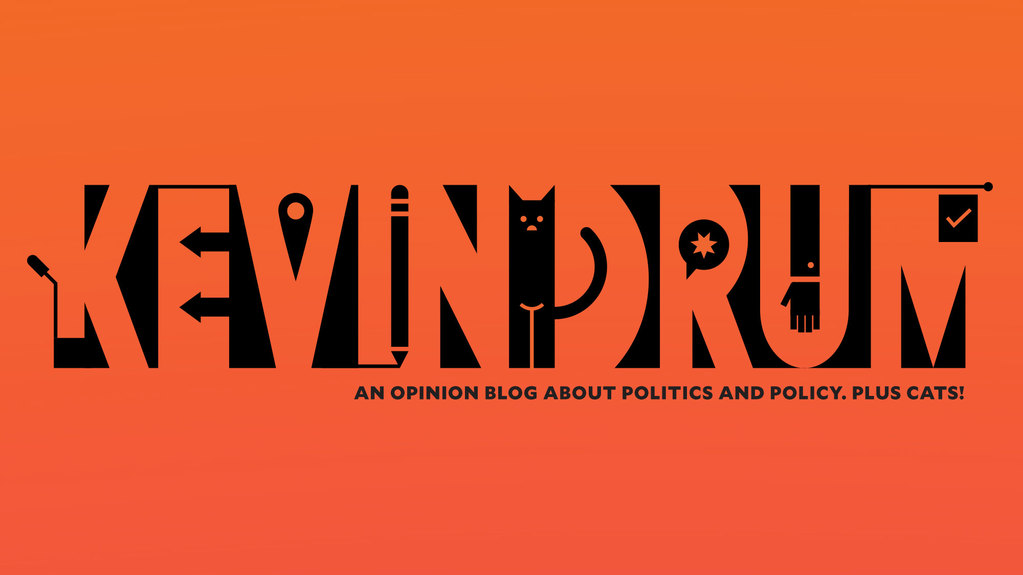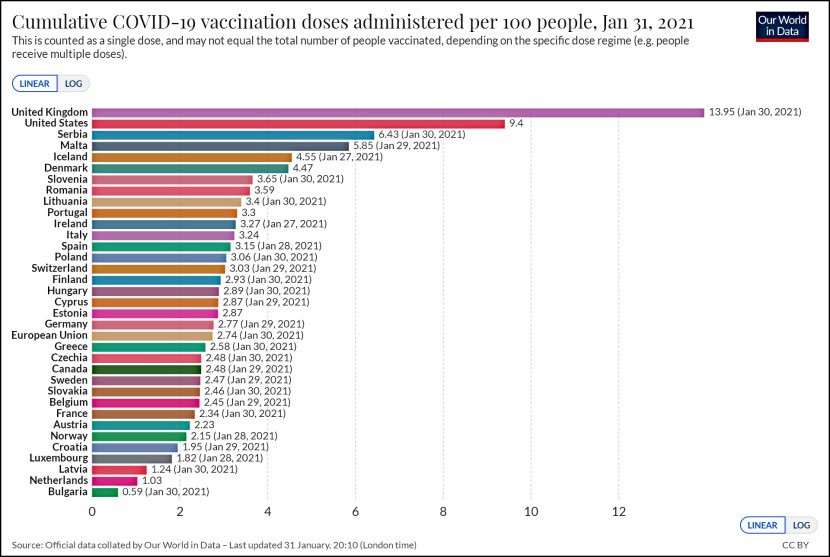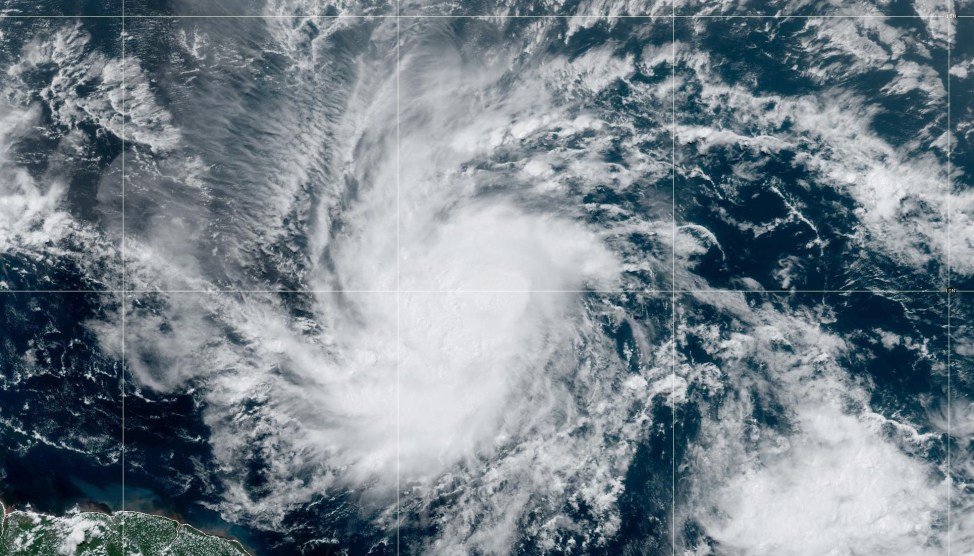Barton Gellman and Greg Miller have just released yet another document from the Snowden cache: a classified breakdown of U.S. intelligence spending.
The $52.6 billion “black budget” for fiscal 2013, obtained by The Washington Post from former intelligence contractor Edward Snowden, maps a bureaucratic and operational landscape that has never been subject to public scrutiny. Although the government has annually released its overall level of intelligence spending since 2007, it has not divulged how it uses those funds or how it performs against the goals set by the president and Congress.
Huh. I wonder how long the Post has been holding onto this? In any case, here’s the basic breakdown of the $52 billion we’re spending this year:

Unsurprisingly, the CIA, NSA, and reconnaissance satellites collectively account for nearly 80 percent of our total civilian-ish intelligence spending. Another $23 billion goes to “intelligence programs that more directly support the U.S. military.” That’s a total of $75 billion. Adjusted for inflation, Gellman and Miller say this exceeds our peak spending during the Cold War. Here are a few of their main takeaways:
- Spending by the CIA has surged past that of every other spy agency, with $14.7 billion in requested funding for 2013. The figure vastly exceeds outside estimates and is nearly 50 percent above that of the National Security Agency, which conducts eavesdropping operations and has long been considered the behemoth of the community. Here are four of the main takeaways:
- The CIA and NSA have launched aggressive new efforts to hack into foreign computer networks to steal information or sabotage enemy systems, embracing what the budget refers to as “offensive cyber operations.”
- In words, deeds and dollars, intelligence agencies remain fixed on terrorism as the gravest threat to national security, which is listed first among five “mission objectives.” Counterterrorism programs employ one in four members of the intelligence workforce and account for one-third of all spending.
- The governments of Iran, China and Russia are difficult to penetrate, but North Korea’s may be the most opaque. There are five “critical” gaps in U.S. intelligence about Pyongyang’s nuclear and missile programs, and analysts know virtually nothing about the intentions of North Korean leader Kim Jong Un.
More at the link, including a few pages from the document itself. As for the rest, “Sensitive details are so pervasive in the documents that The Post is publishing only summary tables and charts online.”
















